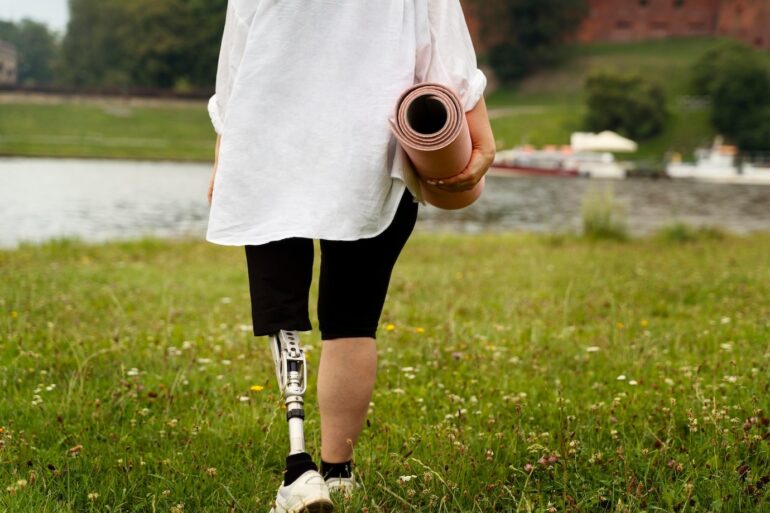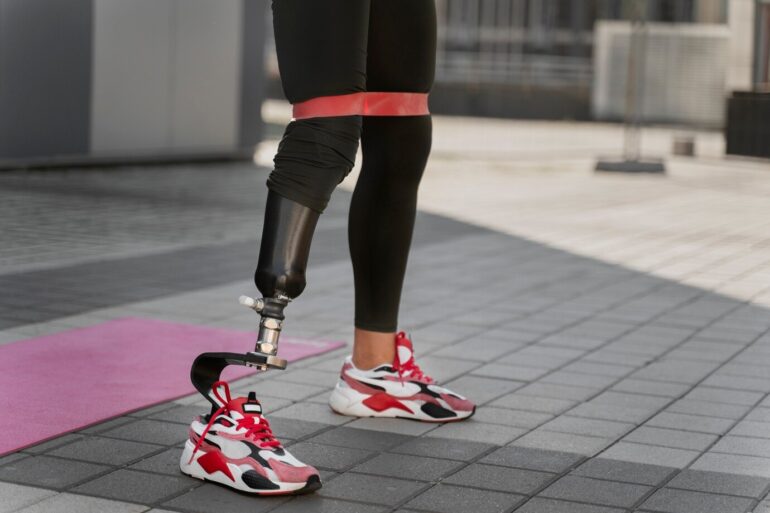The vast and unpredictable nature of the sea mirrors the unpredictable nature of life itself, especially for those who work offshore. The maritime industry, while essential, is fraught with hazards that can lead to severe accidents and injuries, among which the loss of limb stands out as particularly life-altering.
This article delves into the world of offshore accidents, focusing on the causes, consequences, and coping mechanisms associated with the loss of limb, aiming to shed light on this grave issue and offer guidance for those affected.
Overview of Offshore Accidents
Offshore accidents refer to incidents that occur in the maritime environment, including oil rigs, vessels, and platforms. These accidents are diverse, ranging from explosions and fires to equipment malfunctions and vessel collisions. Despite advancements in safety protocols, the inherent risks associated with offshore work continue to pose a significant threat to workers.
Statistics from the Bureau of Safety and Environmental Enforcement (BSEE) indicate that the offshore oil and gas industry witnessed 1,568 accidents in the United States alone from 2015 to 2020. These incidents not only result in considerable economic losses but, more importantly, lead to devastating injuries and fatalities among workers.
Understanding Loss of Limb

Loss of limb refers to the partial or total amputation of an extremity, such as an arm or leg. In the context of offshore accidents, such injuries can occur due to a variety of reasons, including being caught in machinery, struck by heavy objects, or as a result of severe burns leading to medical amputation.
The loss of a limb is not just a physical handicap; it is a profound life-changing event that impacts the victim’s psychological well-being, employment capabilities, and overall quality of life.
Causes of Loss of Limb in Offshore Accidents
The primary causes of limb loss in offshore accidents can be traced back to negligence, inadequate safety measures, and equipment failure. For instance, improperly maintained machinery can malfunction, leading to catastrophic accidents. Similarly, lack of proper training for handling hazardous situations can increase the risk of severe injuries.
- Machinery Accidents: These are among the most common causes of limb loss, where workers get entangled in or struck by machinery.
- Falls: Slips and falls, especially from heights, can result in crush injuries requiring amputation.
- Explosions and Fires: The volatile nature of substances handled offshore can lead to explosions, causing burns and blast injuries that necessitate limb amputation.
For more detailed information on the causes and legal aspects of these injuries, visit loss of limb in offshore accidents.
Preventive Measures
Preventing offshore accidents and the subsequent loss of limbs requires a multifaceted approach. Safety protocols must be strictly adhered to, and workers should receive comprehensive training on handling emergencies and operating machinery safely.
Regular maintenance and inspection of equipment are crucial to ensuring a safe working environment. Additionally, regulatory bodies play a vital role in enforcing safety standards and conducting regular audits to ensure compliance.
Implementing these preventive measures not only safeguards the well-being of offshore workers but also significantly reduces the financial and emotional burden associated with accidents.
The Impact of Loss of Limb in Offshore Accidents

Navigating the aftermath of an offshore accident, especially one resulting in the loss of a limb, can be overwhelming for victims and their families. However, it’s crucial to understand that affected individuals have legal rights that can help them secure compensation for their injuries, lost wages, medical expenses, and other related costs.
Maritime law, including the Jones Act and the Longshore and Harbor Workers’ Compensation Act (LHWCA), provides a framework for injured offshore workers to claim compensation. Unlike typical workers’ compensation claims, these laws allow for broader compensation, including pain and suffering, which is not typically available under standard workers’ compensation policies.
To navigate these complex legal waters, it’s essential for victims to seek advice from legal professionals who specialize in maritime law. They can provide invaluable assistance in filing claims, negotiating settlements, and, if necessary, representing the injured party in court to ensure they receive the compensation they rightfully deserve.
Rehabilitation and Recovery
The journey to recovery after losing a limb in an offshore accident is long and challenging, but with the right support, it is possible to rebuild a fulfilling life. Advances in medical treatment and
technology have made significant strides in recent years, offering amputees better options for physical recovery.
Rehabilitation programs play a crucial role in helping victims adapt to their new circumstances. These programs often include physical therapy to improve mobility and strength, occupational therapy to assist with daily activities, and counseling to address the psychological impact of limb loss.
Moreover, success stories of individuals who have overcome their injuries to return to work or pursue new career paths can serve as a source of inspiration. These stories highlight the resilience of the human spirit and the possibilities that lie ahead, even after a life-altering injury.

Conclusion
The loss of a limb in an offshore accident is a devastating event that changes the course of a victim’s life. However, understanding the causes, implementing preventive measures, and knowing one’s legal rights and options for rehabilitation can make a significant difference in the recovery process.
It’s essential for offshore workers and their families to seek support from medical professionals, legal experts, and community resources to navigate the challenges that lie ahead. By doing so, they can embark on a path toward recovery and reclaim a sense of normalcy in their lives.
FAQs
Q: Can I claim compensation for loss of limb in an offshore accident?
A: Yes, maritime law provides avenues for compensation. Consulting with a maritime law attorney can help you understand your rights and the compensation you may be entitled to.
Q: How long does the rehabilitation process take after losing a limb?
A: The rehabilitation process varies depending on the individual’s health, the extent of the injury, and the type of prosthetic technology used. It’s a personalized journey that can take months to years.
Q: Are there support groups for offshore workers who have lost limbs?
A: Yes, there are various support groups and organizations dedicated to helping amputees, including those specifically tailored for veterans and individuals in the maritime industry. These groups offer emotional support, resources, and community for those navigating life after limb loss.
